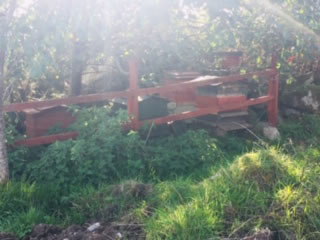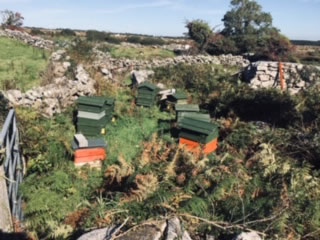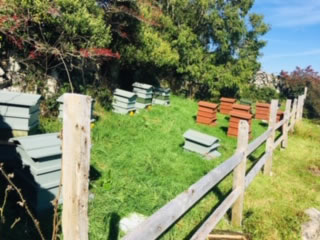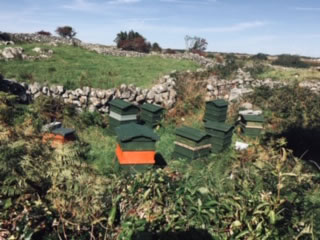Your Cart
Bees & Hives
Bees in Ireland:
There are 98 different bee species in Ireland in total, there are 20 species of bumble bee and 77 species of solitary bees plus our own honeybee Apis mellifera mellifera . Honeybees and bumble bees are highly social insects living in colonies with a queen . where solitary bees prefer to live alone.
Honeybees successfully maintain the colony throughout the year where as the bumble only the queen will survive emerging in the spring after hibernating over the winter.
The solitary bees take one year to complete their lifecycle and may only live as an adult for 2 weeks. These species overwinter as pupae and in the following spring emerge as young adults and the cycle begins again.
Apis mellifera mellifera:
Our bees the native Irish Black has been around since the ice age became isolated on our Island and adapted to our weather conditions . They have had a bad press in terms of their temperament .
The colony is led by the Queen, her drones (males) and Workers(females). There can be approx 50,000 bees in a single colony led by the queen in mid-summer. These are mostly worker bees.
The AMM is more:
- Frugal with stores . Queens will go off lay when there is no food coming in to conserve stores.
- Hardy. We have seen our bees fly in temperatures of only 4 degrees Celsius in winter .In the west of Ireland the weather can be harsh and only the amm bees are tough enough to survive.
- Low swarming. We mark the queen and if we see a tendency for the colony to swarm we remove her into a Nuc and replace here with a new queen.
- Non-prolific and can be kept on a single brood box B.S. all year. We keep them on a brood and a half in the height of summer and early autumn.
- Pollen. Amm store much more pollen than any other race of bees and this benefits them during long spells of confinement, other races store their pollen above the brood but below the liquid stores . Amm store pollen all round the brood and this is an indicator of a fairly high level of Amm in a colony.
- Disease. Amm are now known to be very resistant to both acarine and Nosema apis as they have tougher hairs that cover the spiracles, preventing many mites from infesting the bees. Amm retain more waste matter in the gut than other races, meaning they can wait longer between cleansing flights, rather than soil the hive and possibly spread disease.
- Longevity of both queens and workers. Colonies in other bees are much bigger than Amm colonies so the queens don't need to be replaced regularly as prolific ones do. They are capable of heading productive colonies for the whole of their lives. Workers too live up to 50% longer
Associations:
Member of Nibs (Native Irish Honeybee Society)
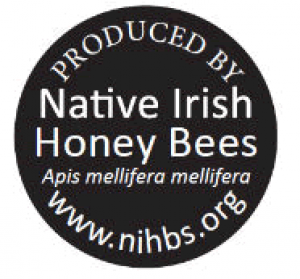
FIBKA : Federation of Irish Beekeepers Association.
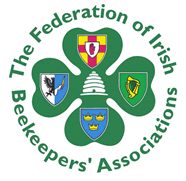
Registration Number with the Department of Agriculture Food and Marine : HFR 1690
Registration of food business establishment with the Health Service Executive: 087990

